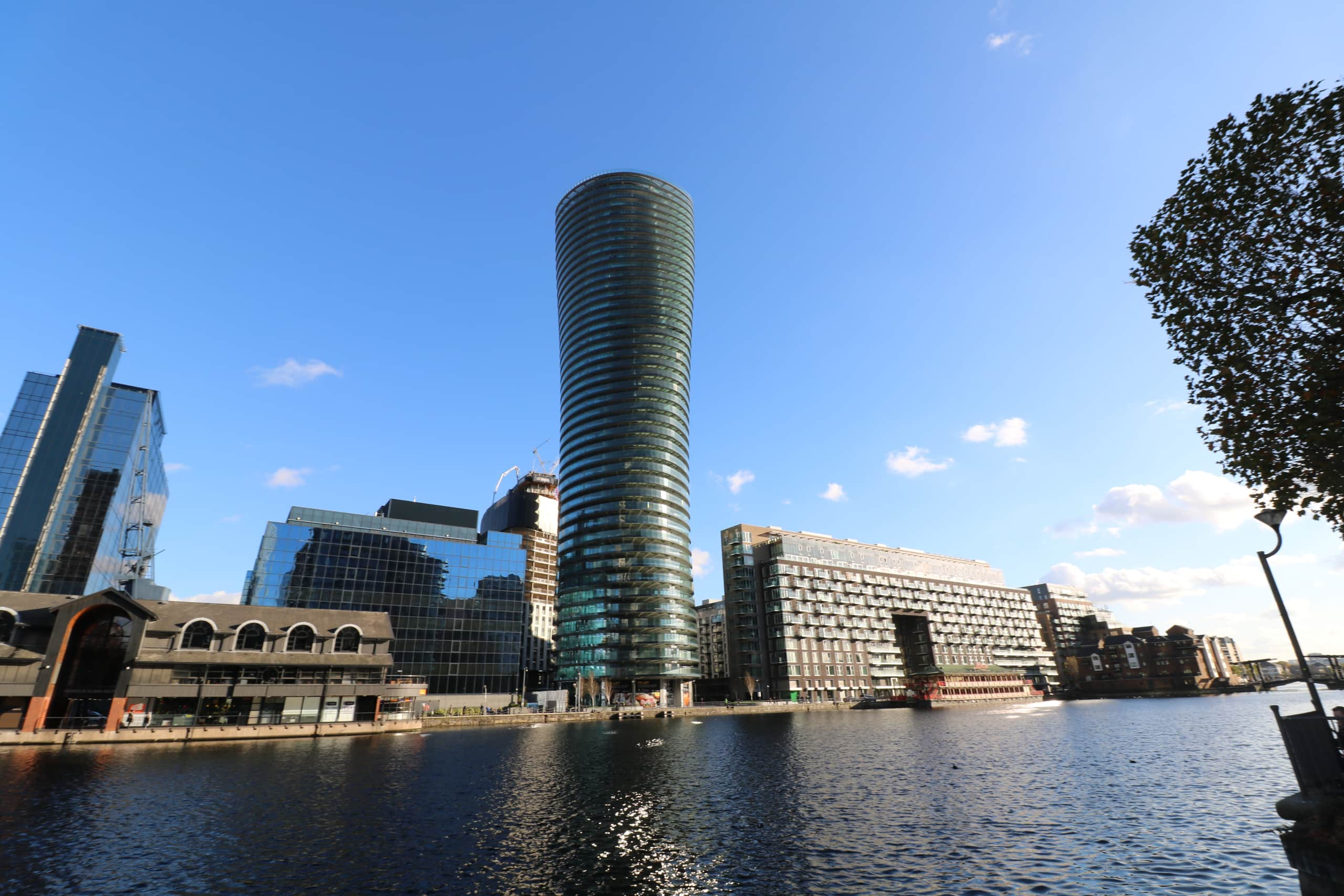Optimal Balcony Sizes
There’s more to balcony design than just aesthetics. Our dedicated early engagement & pre-construction teams are hard at work every day to speak to our customers about optimal balcony sizes, why decking needs to be considered when sizing your project up and the ingrained importance and relation to accessibility that comes with it.
By bearing balcony sizes in mind, a project can have its uniformity improved, repeatability enhanced, and waste vastly reduced. If you’ve ever wondered about a simple way to save money, time, and carbon emissions – look no further as we talk you through optimal balcony sizes.
Optimal balcony width & projection
There are optimal and incremental width and projection increases that tie directly to both the anchor points and the number of crane lifts when designing a balcony. As a balcony projects further out from the building façade, the higher the force of downward momentum at the balcony’s edge is. This is called the ‘moment’. Ultimately, there are optimal projections and anchor points to make sure this moment is never so great that the balcony could buckle under the weight of the people standing on it.
In Europe however, permissible deflection means that a balcony can be built to be structurally safe but may not feel safe to users. Optimally, a balcony’s projection should increase in 150mm increments. Any smaller than this would negate the usefulness of a balcony and any further would likely have a severe negative impact on the moment forces put on the balcony’s anchors.
Optimal balcony decking sizes
A balcony can’t be used without a deck to walk out onto, so planning for decking is just as important when designing your project. Our decking partner MyDek (www.mydek.com) provides their non-combustible decking boards in width increments of 150mm. Keeping your balcony within 150mm increments (with a 68mm allowance for fascia and reveal finishes) will allow you to avoid cutting boards down to size and reduces the waste on the project.
Reducing waste is incredibly important as the world focuses on sustainability. By avoiding waste, embodied carbon in your project can be reduced as well as extra hours on the labour of refining the size of each board individually. The smallest details here can have a huge effect on the efficiency and repeatability of your balcony design.
Accessibility on balconies
Of course, dimensions aren’t just important from a comfort perspective. Accessibility in balcony design is incredibly important. With both an ageing population and to account for the independence of those with mobility aids, balconies should be designed to be wheelchair accessible and with a wheelchair’s turning circle in mind.
In the UK, the ‘Approved Document M’ (ADM) gives guidance on how to comply with building regulations when designing dwellings for those with a disability. For example, the ADM suggests that door reveals should be raised no more than 15mm to account for a chair rolling over the reveal or to account for those with trouble lifting their legs. Furthermore, a minimum 1500mm turning circle should be observed. A balcony’s usable projection should therefore account for this minimum suggested turning circle.
These design decisions are to improve the quality of life for all those residents who use mobility aids or who have any kind of mobility impairment. Designing for quality of life should be at the forefront of a designer’s mind from conception.
The optimal size for a balcony comes with key considerations, such as how far to project to reduce moment forces, working to 400mm width increments and 150mm projection increments to create a neater, more cost-effective design and making sure your balcony design is accessible to all.
With the importance of specific widths, projections, decking, and accessibility in mind, designing a series of balconies might not be as complex as it seems. To learn more about why considering optimal balcony sizes should be key at the start of your design process, read our article on balcony design to find out more: https://balconies-staging.positive-dedicated.net/five-key-considerations-for-balcony-design/
